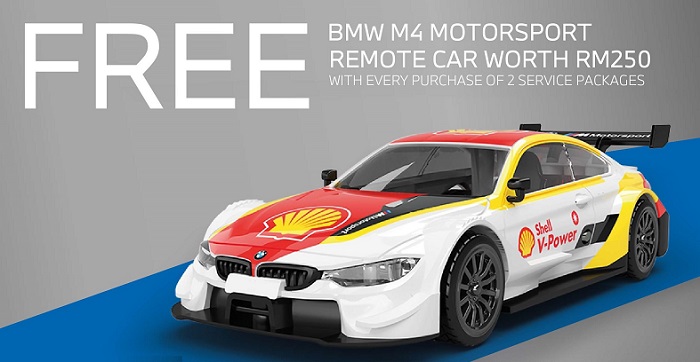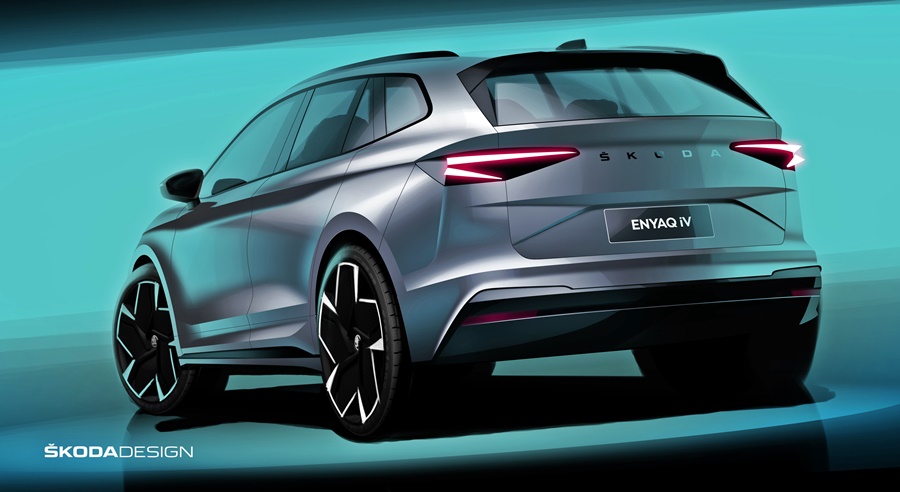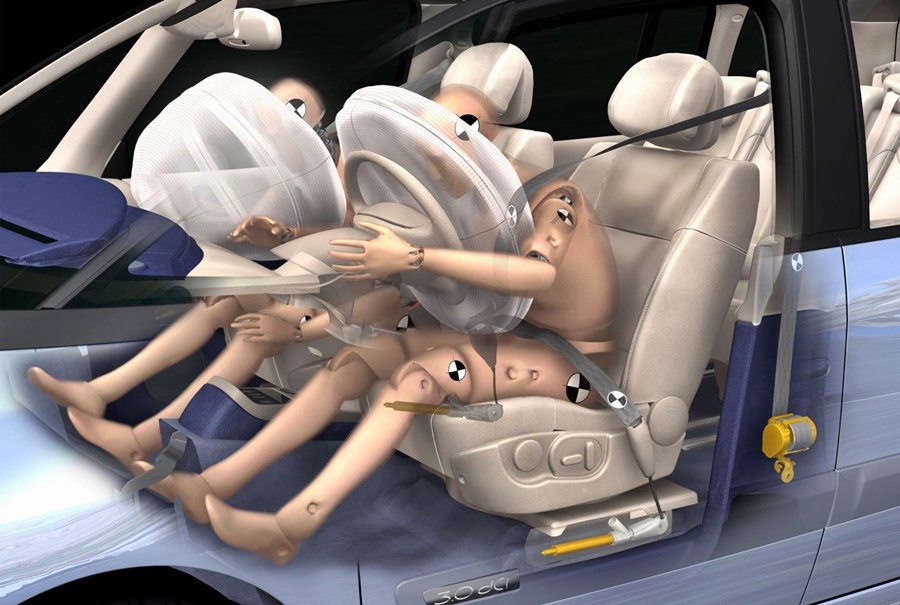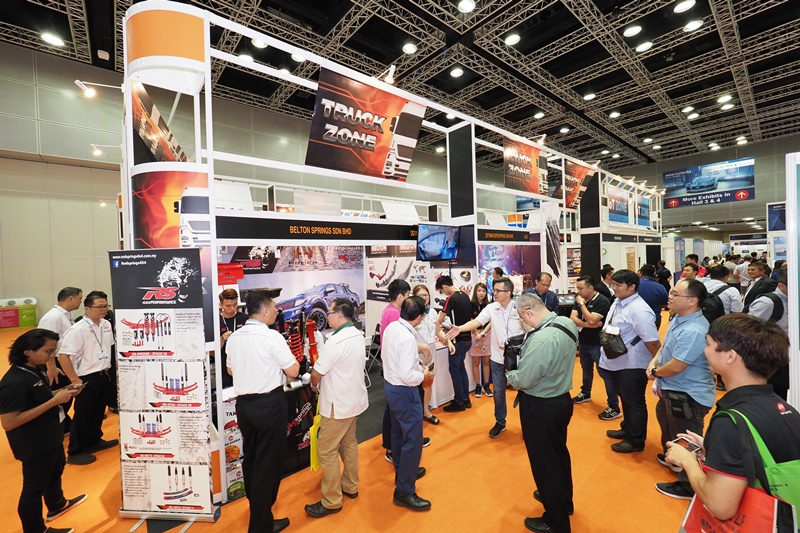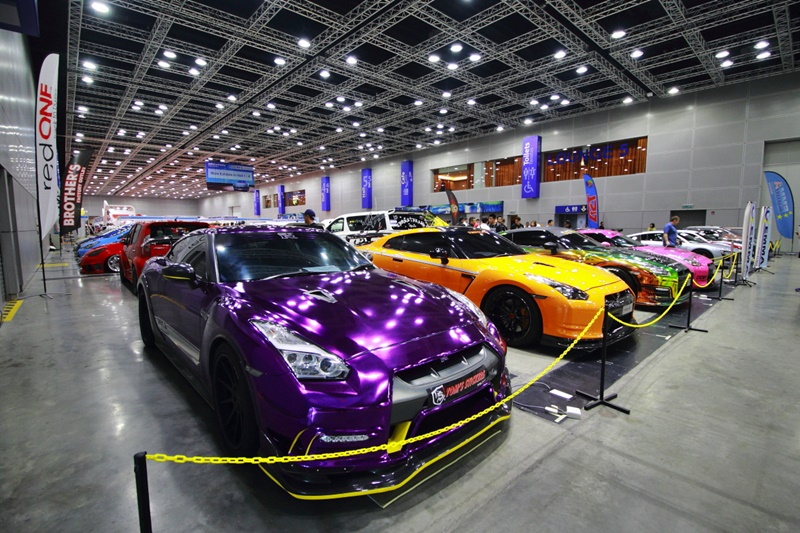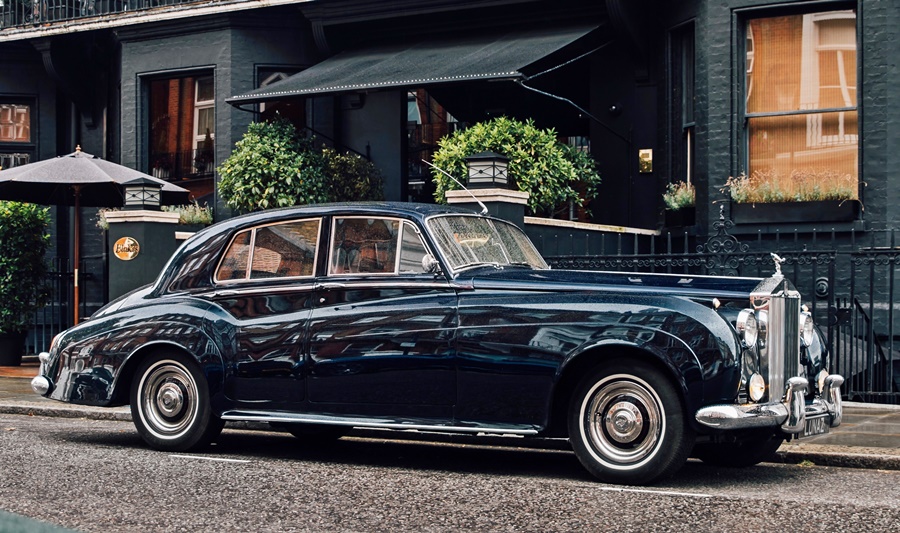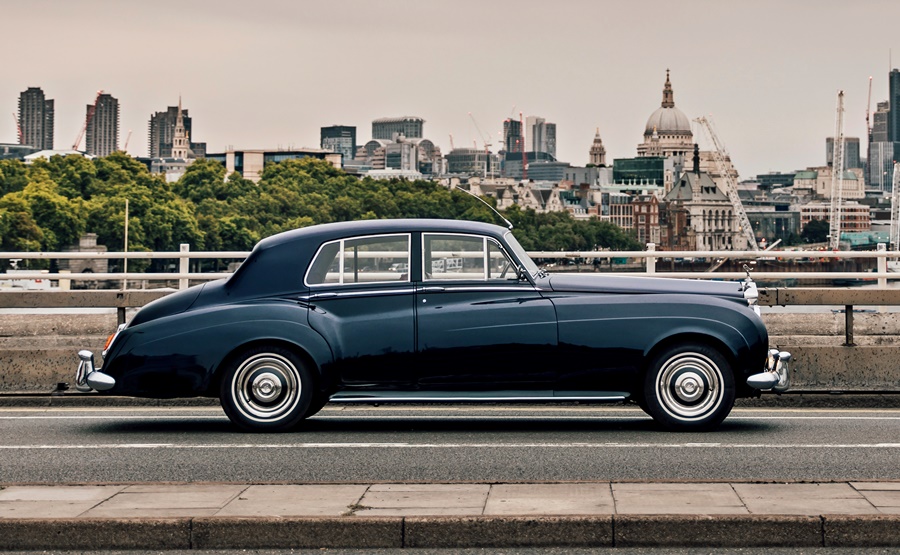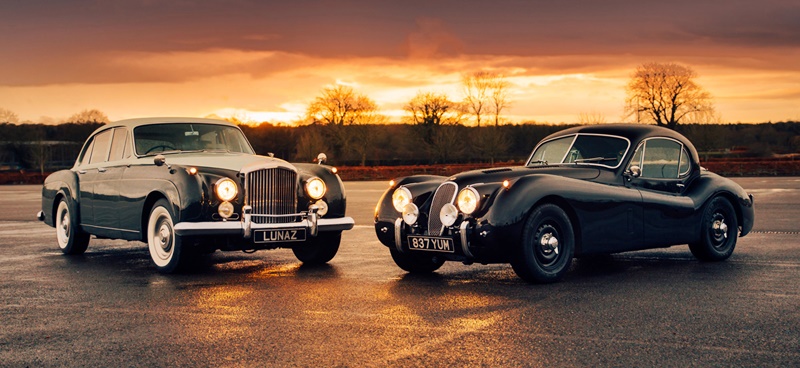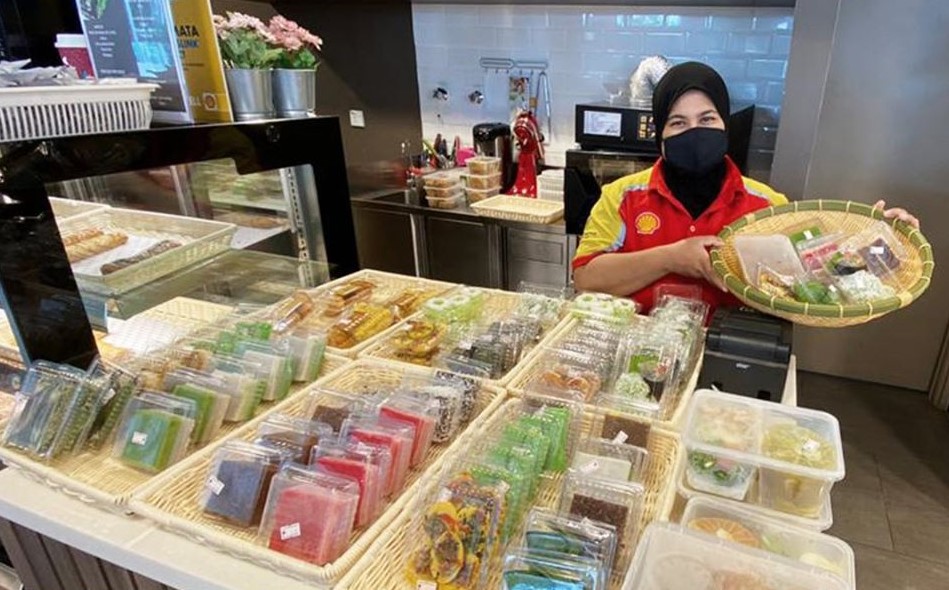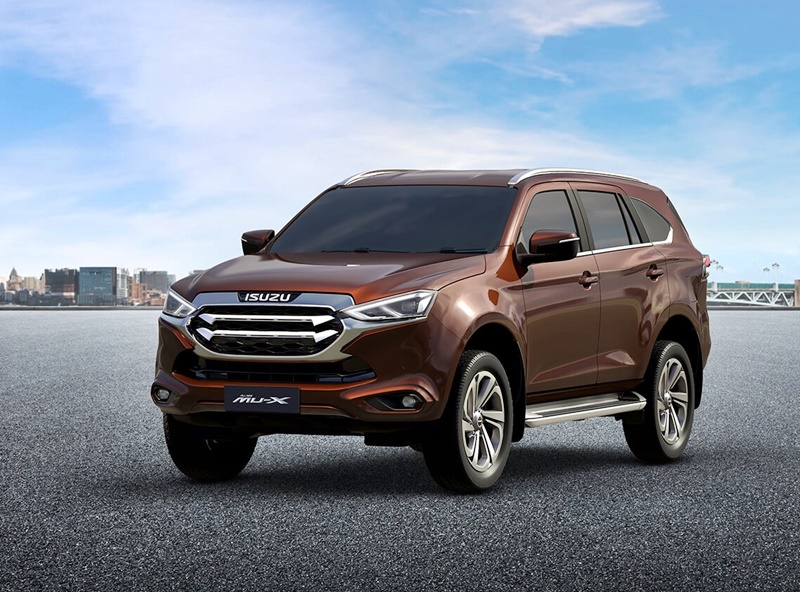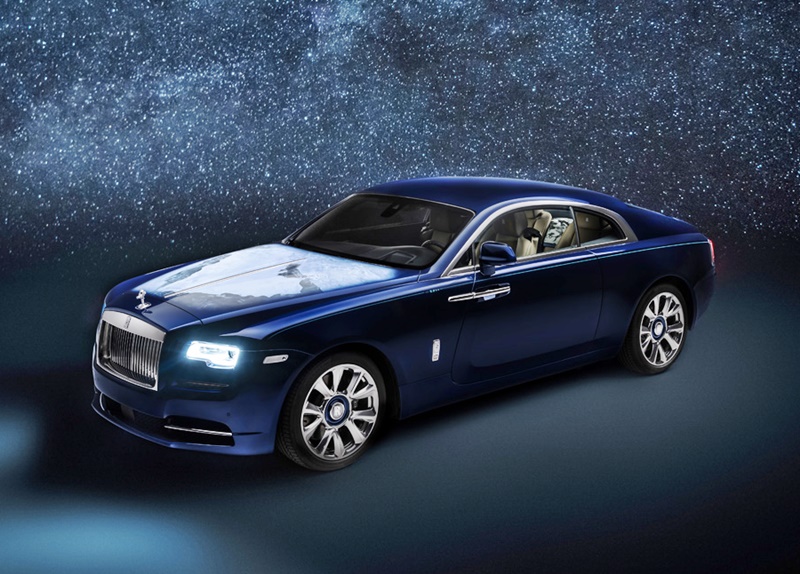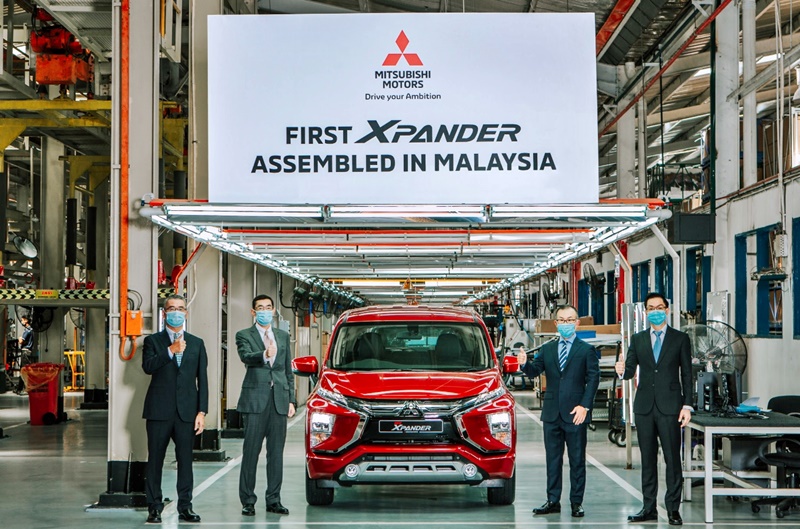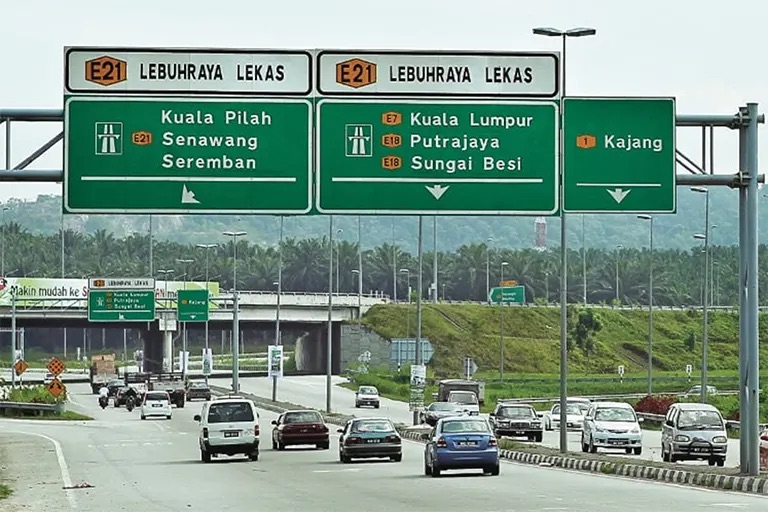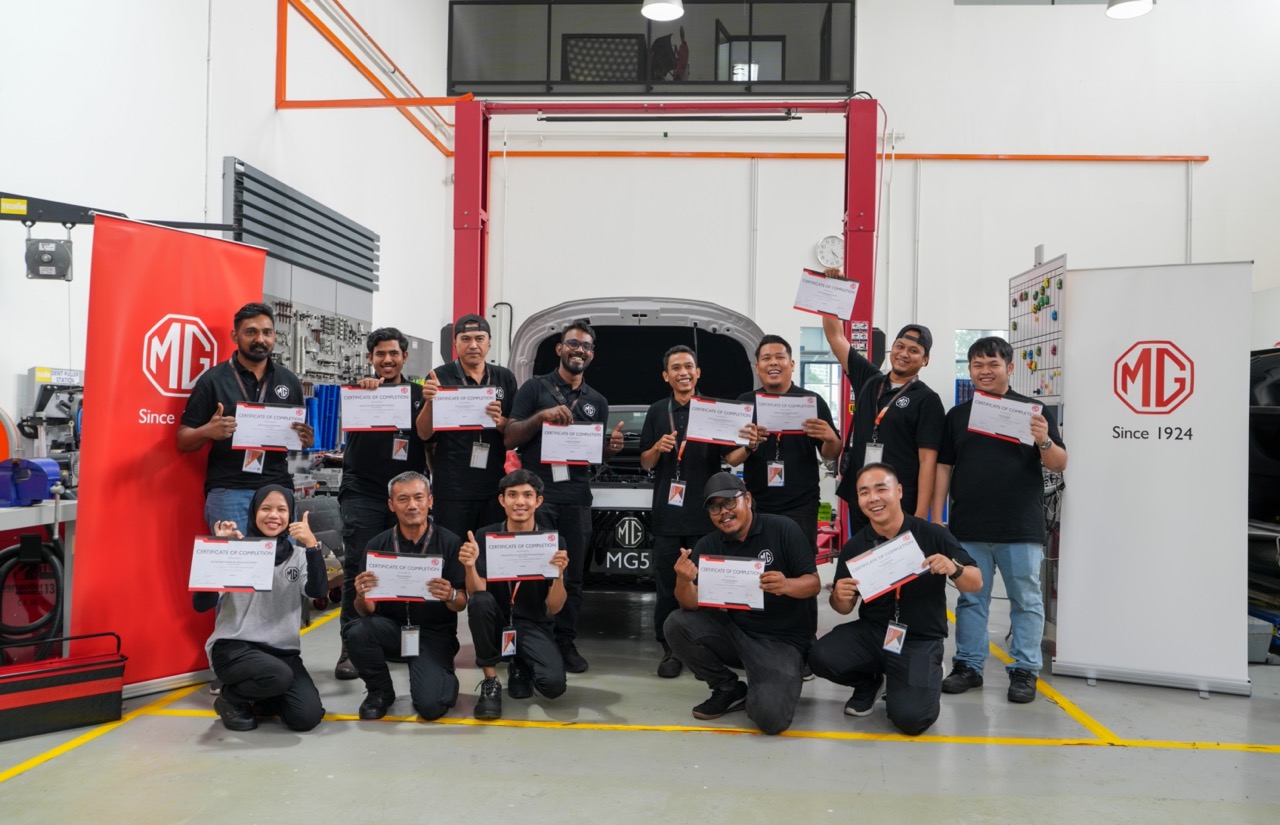When AMG became part of the Mercedes-Benz family in 1999, its growth accelerated as it took on the role of being the carmaker’s high-performance and motorsports arm. Not surprisingly, Mercedes-Benz boosted marketing of AMG products as well as used the already established name as a branding advantage, expanding its presence globally.
Before long, a sales network of AMG Brand Centres and AMG Performance Centres were established around the world. In China alone, there are 120 AMG Performance Centres and exclusive AMG Brand Centres in Beijing and Shanghai, the sales network said to represents a key factor in the success of the brand’s growth objectives.
Now Mercedes-AMG has gone further with its first Experience Centre opening near Shanghai. The new AMG Experience Centre is situated on an area of around 1,305 square metres directly adjacent to the Zhejiang International Racing Circuit. A highlight and attraction of the new facility is the opportunity to experience the AMG vehicle range on the racetrack, assisted by AMG Driving Academy and qualified instructors.
An extensive pool of vehicles encompassing the very latest models – including GT3 and GT4 racing cars – is available for test drives and driving events on the 3.2-km circuit. In addition to exclusive use of the track, the Zhejiang International Circuit offers special monthly track days for customers and fans to take part either in their own vehicles or in AMG vehicles booked from the Centre.
There are 12 functional areas and 4 display areas over two floors, providing an extremely comprehensive brand and product experience and allowing visitors to discover for themselves the many facets of the driving performance of AMG models.
The showroom on the ground floor provides an insight into the history of Mercedes-AMG. The vehicles and technologies on display can be explored in analogue form as well as digitally using VR technology. Specially trained AMG experts are on hand to provide detailed information and individual guidance. If a customer expresses an interest in buying, they will be put in touch with their nearest AMG retail partner.
The facilities on offer are further enhanced by the Cafe63 lounge and an exclusive selection of high-quality lifestyle accessories available from the AMG Shop. The whole area can also be used as an event location.
In the interactive experience zone on the first floor, motorsport enthusiasts can experience racing simulators and AR applications. A slot car racetrack controlled via brainwaves is yet another technological highlight that serves to emphasise the experience-oriented nature of the AMG Experience Centre.
The architecture of the AMG Experience Centre builds on the familiar and established design features of the AMG Brand Centres, while also integrating a series of individual elements that emphasise the unique character of the format.

























